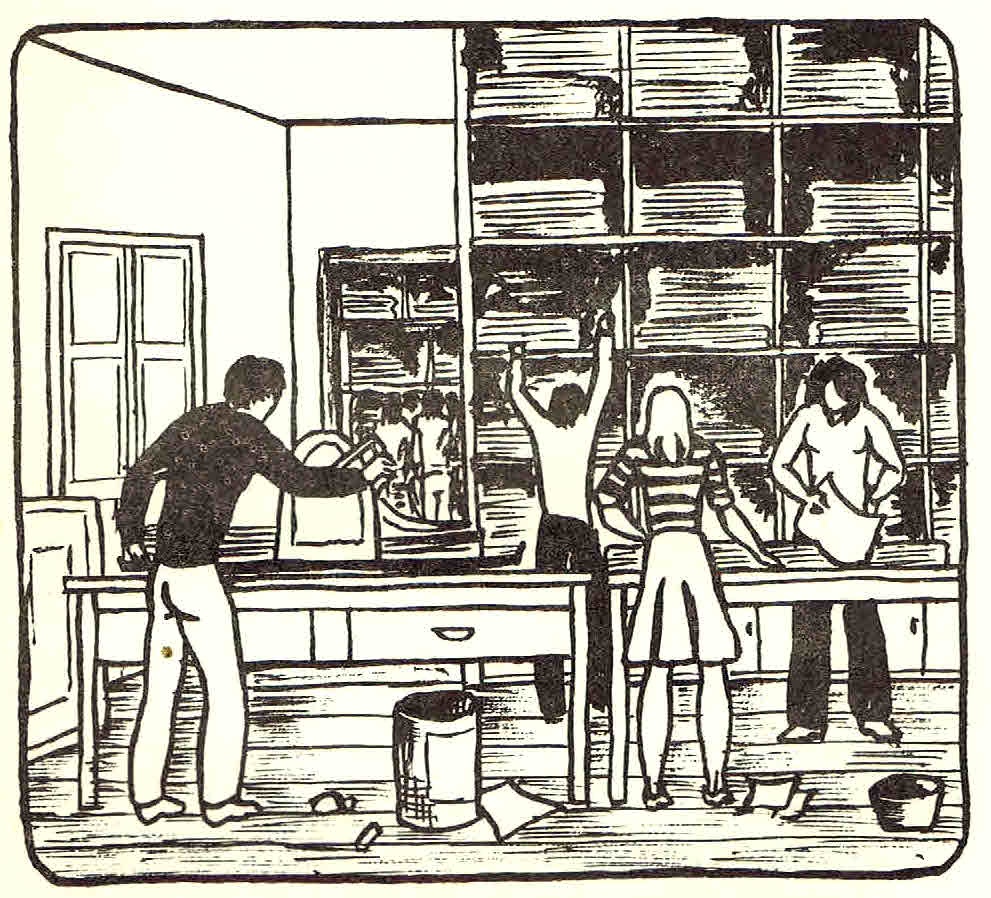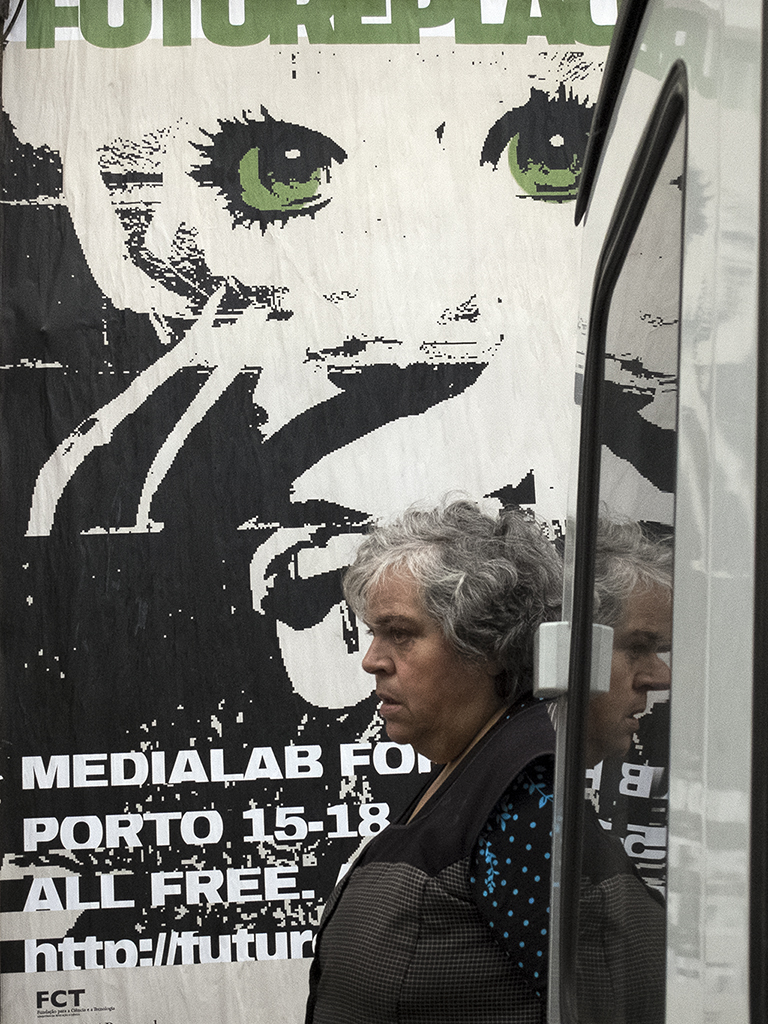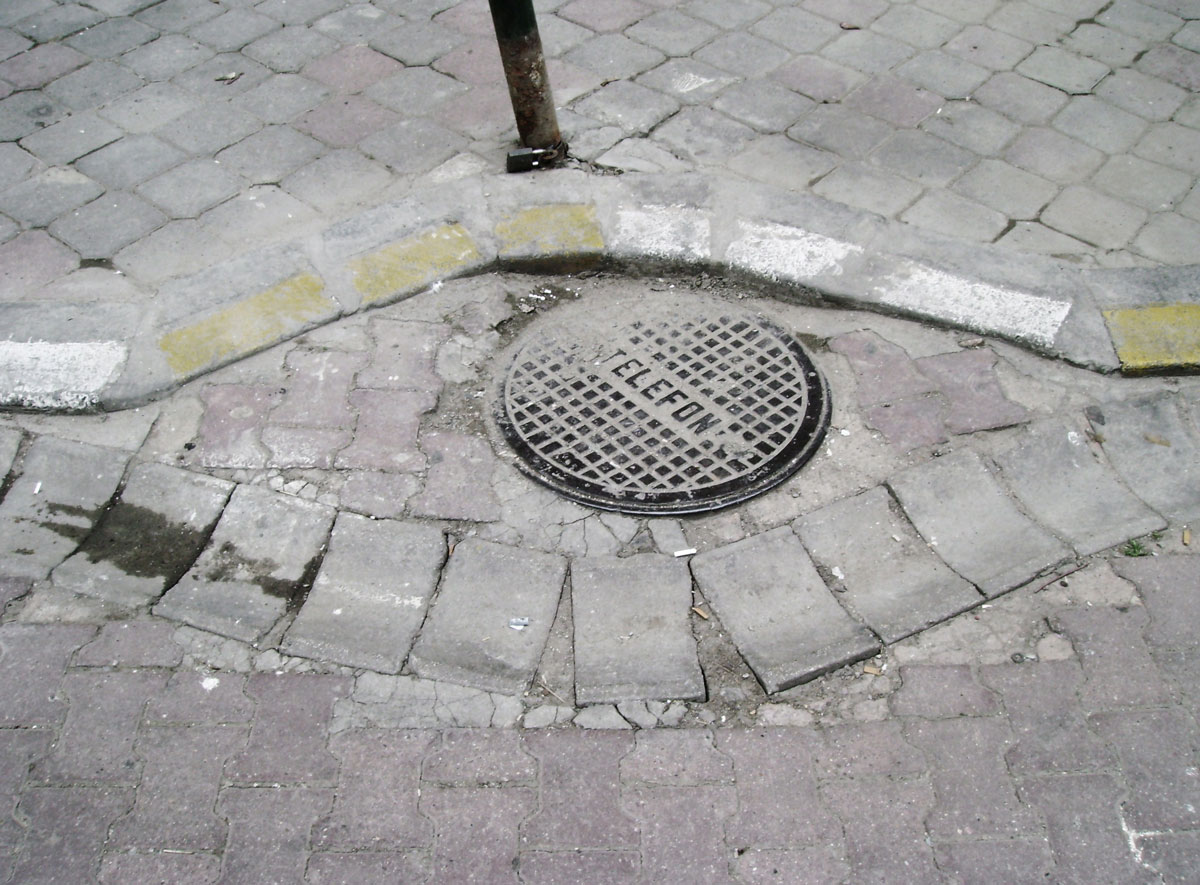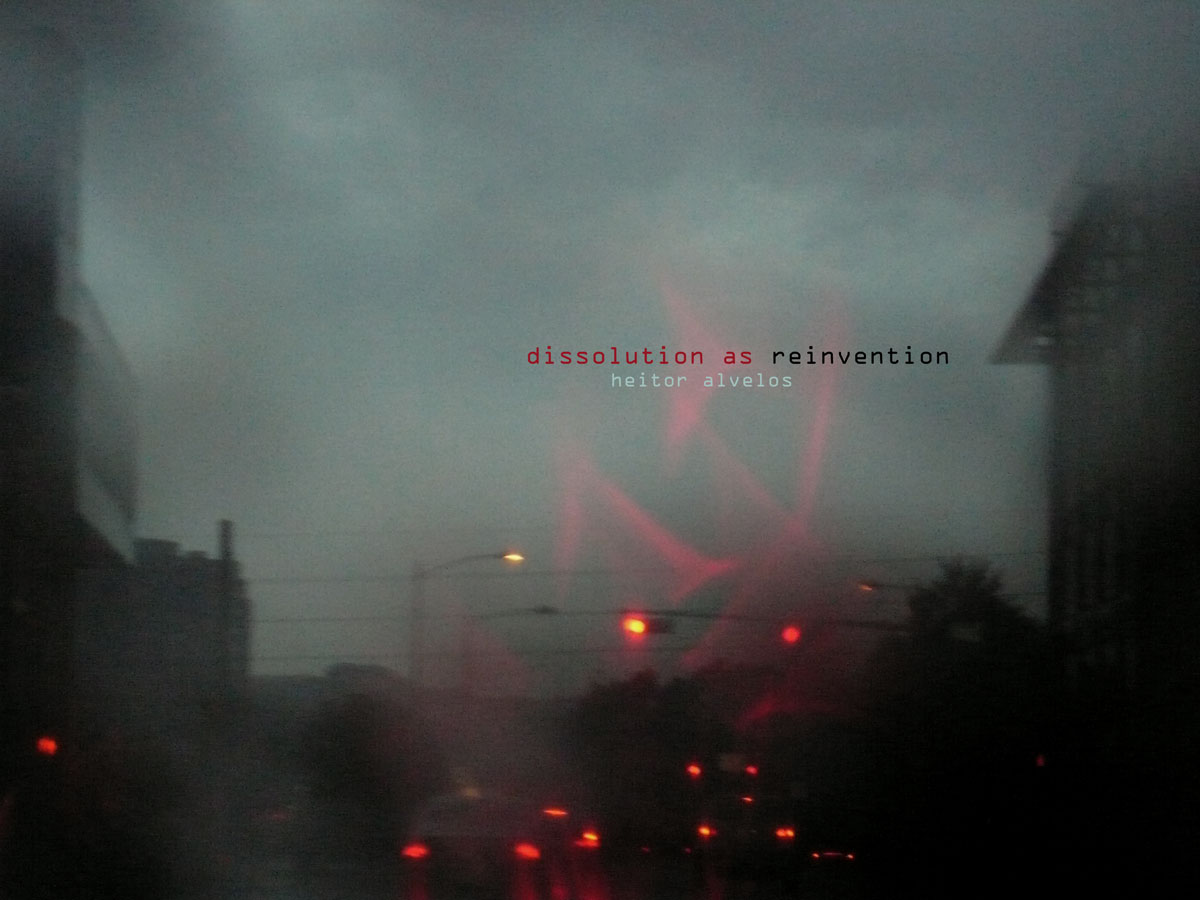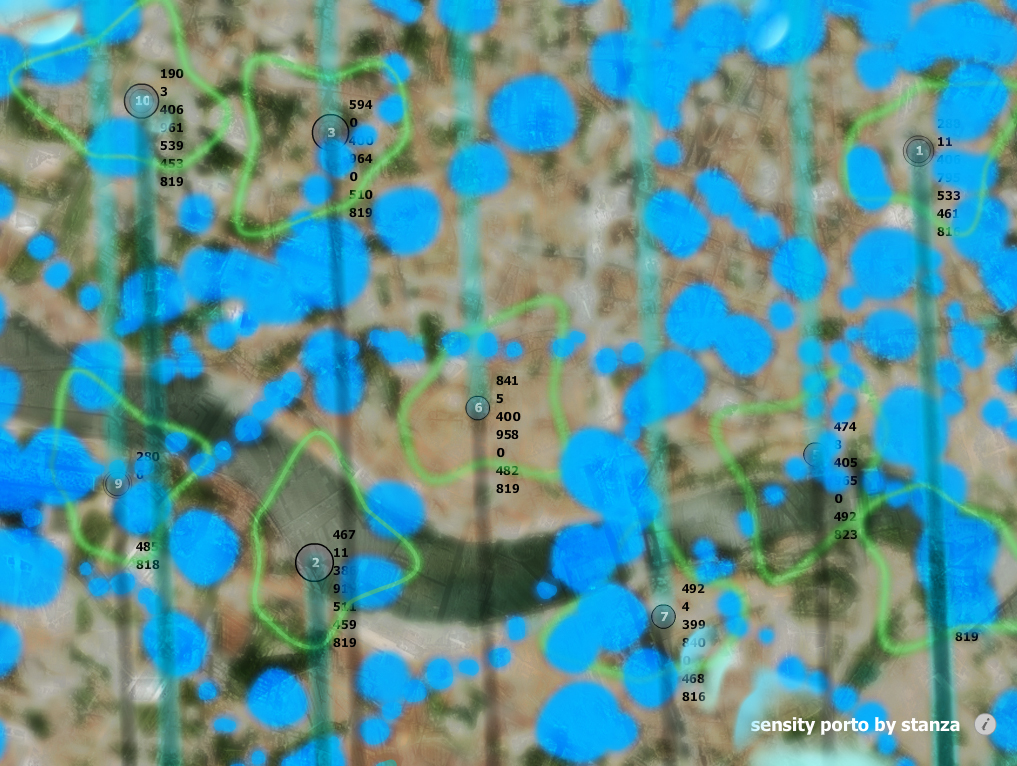I have spent much of the past year thinking about networks and broadband connectivity, especially about what that connectivity means in rural areas, places more remote from the wifi and plentiful computer access that we enjoy in urban areas. The announcement in the U.S. in March 2010 that more spectrum soon would become available for increased wireless connections across the country hints at the next stage of broadly available connectedness in our country, namely the possibility that we can be connected to the Internet and to each other at all times, and in all places. When combined with the onslaught of new, smart, portable devices such as iPads, Kindles, home-based health monitoring apparatuses, GPS instruments or smartphones – tools that effectively extend intelligence from our locations to the far reaches of the network – a more seamless personal electronic presence becomes possible. The mobile, continuous self afforded by these networks will alter how we use space and where resources are located, even as they alter our sense of self. So too how we work and live, the resources we use, and the way we interact with people both locally and far afield will shift.
That is not to say that technology determines our social experiences or that it erodes our local roots. For some time I’ve been critical of the research that approaches each new technology as if it can profoundly alter basic social structures, or conversely those grumpy critics who think each new technology subtracts something valued from our existing lives. Both wield their predictions as blunt instruments of technological determinism. In the first camp are economists such as Frances Cairncross who discount the significance of place, arguing that new technologies mean companies can locate anywhere and that neither distance nor place need to shape our social or economic transactions, essentially suggesting that locations are homogeneous. Of course, since the publication of her 1997 book The Death of Distance, we have seen no fundamental changes in the hierarchy of locations that evidence economic vitality. The major “network centers” such as London, New York, Hong Kong, remain vital nodes even as locations proximate to major roads still realize the benefits of transportation access. Distance still exists and it remains consequential, even if in not quite the ways Cairncross details. The unique social qualities and cultures of places likewise matter.
In the second camp are legions of studies examining “the impact” of new technologies, whether they are videogames, cell phones, wireless connectivity, or computers. The driving assumption behind too many of these studies is that to do or use something new, we must give up something old. If we are playing video games, we are losing time with real life friends. If we are chatting online, we are neglecting the people with whom we live. Spending time online means we are socially inept and even lonely, as some myopic research in the 1990s reported. Or even that we are entirely different people online than we are offline. This deficit model overlooks another way to think about these capabilities: Instead of looking for the negative impacts on older patterns, we might cultivate an orientation that is alert to the benefits and possibilities of new patterns or new ways of being. Technologies afford certain opportunities, and it is the social setting, the people, and the context that mobilize them. It is in that spirit that we might consider our mobile and virtual selves from a different vantage point.
The metaphor of the slipstream captures an essential quality of the relationship between the virtual and real self as our embeddedness in networks becomes deeper and more pervasive. A slipstream in scientific argot describes something traveling in the wake of another moving object, but moving at the same speed. The object inside the slipstream requires less power to move forward, in effect, “drafting” on the first object. A commonplace example of this occurs in cycling, in which riders draft on leaders in order to maintain speed but exert less energy. Riders take turn drafting on each other to maintain speed and to save their energy. Additionally, the first entity actually can move faster when there is a slipstream because the second entity moving in its close wake reduces the drag of the “low pressure region” created by the initial movement.
I find this term increasingly apt to describe our relationship with the Internet. In Anthony Hopkins’ poorly received movie of 2007 titled Slipstream, the major character slips in and out of his “real life” and a “virtual life,” the two becoming increasingly indistinguishable from each other. While in the cinematic case one “life” interferes with the other, our more contemporary experience of the slipstream in our Internet engagement, particularly as access to it becomes ubiquitous and 24/7, suggests something different. I suggest the slipstream encompasses our virtual presence, the one that remains in the networked communicative space even as we move on to doing other things and being in other places, and it exists alongside our physical life. We have intense periods of engagement in both domains (or in multiple domains, since the virtual self can occupy or be present in so many different virtual environments), and we bring our physical locations with us. We document these places, we comment on them, we invite other people from them to join us, and we build upon them.
The Internet slipstream deemphasizes the specific mode or technology used to engage the capabilities resonant with “The Internet” – it doesn’t matter whether you are using a phone, a computer, or whether you are at home or in a public place. Instead, it underscores the relocation of a seamless communicative self located simultaneously within multiple networks. In these environments, it might be forgiven if we ourselves do not distinguish the differences between behavior in “real” life and within the Internet. We are simply there, present, sentient, cognizant, and receptive. Whether we state something or write it or blog it or tweet it, it is part of an identity that is ascertainable, researchable, and knowable. The slipstream metaphor’s quality of speed likewise implies the converged communication environments’ nimbleness, and the impact of simultaneity. It conveys a merged sensibility and a stochastic relationship between attention, time, and function.
The network – call it the cloud, the Internet, or a communicative space – speeds up various transactions as well as collapses a range of functional understandings that used to enable us to talk about separate media such as radio, television, and the newspaper, or even separate content such as news, music or meeting friends. It provides a mediating plane of opportunities, what architect William Mitchell referred to as “fields of presence” when he discussed how wired networks loosen the requirements of location.
What does the slipstream mean for place? Rather than suggesting that places, our sites of shared cultural production, become irrelevant, the slipstream implies democratization. It allows us to have it both ways: In contrast to Cairncross’s argument, more people can see and hear us, and interact with us virtually, even as we can bring our experience of place into the mix. It is not just the individual whose personal presence is shared, the broader environment is also shared. If the significance of distance is attenuated, the significance of place is exaggerated. The robust networks of future places, in urban regions and in rural regions, should mean that we have better access to understanding what life is like in many places. It won’t mean that share just the Big Moments such as demonstrations in Seattle, riots in China, and death in the aftermath of a mudslide. It will mean we share the small moments, the wacky and humorous and tender and sad qualities that comprise our sense of humanity, urban and rural, city and town.
If the networks are up to this task, then the question remains whether we can meet the challenge of sharing our lives and cultures by harnessing the power of the network. Let us remember the network is a technology, and what is important about it is not its infrastructure and capabilities so much as what we do with it. How do we mobilize culture so that we grow toward a shared sense of place? The Future Places festival explores some exciting answers to this question.
Sharon Strover
Philip G. Warner Regents Professor of Communication
University of Texas at Austin



